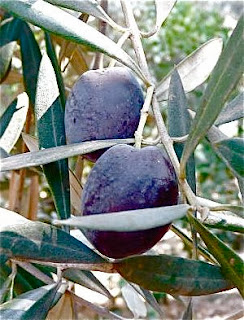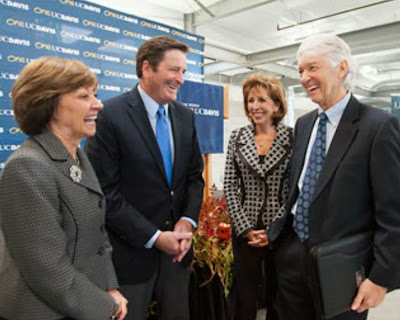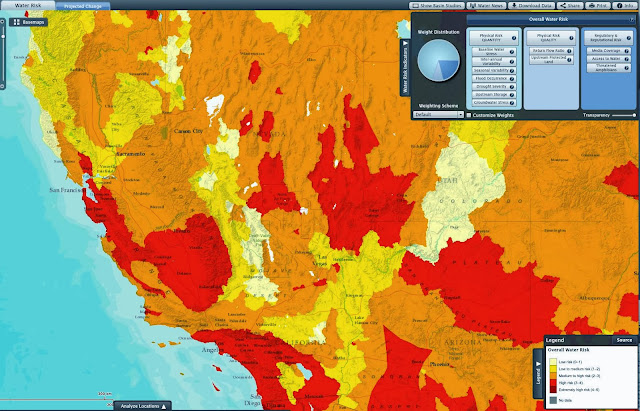Olive Crop Big, Labor Problems in Fresh/ Cannery Market
 |
| Older Trees Not Adapted to Mechanical Harvest |
“The problem is what do you do with those orchards that have been there for 60 years. And if a grower were to rip those out, why would he go with another hand-labor intensive crop,” asked Ott. “I would plant almonds or walnuts which are not only mechanically harvested, but the rate of return is greater than olives.”

















